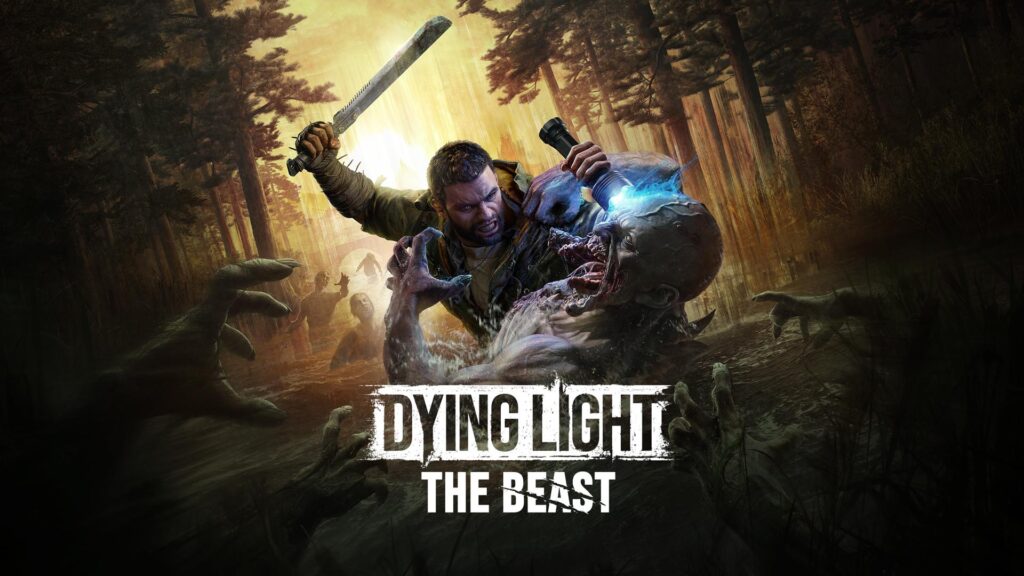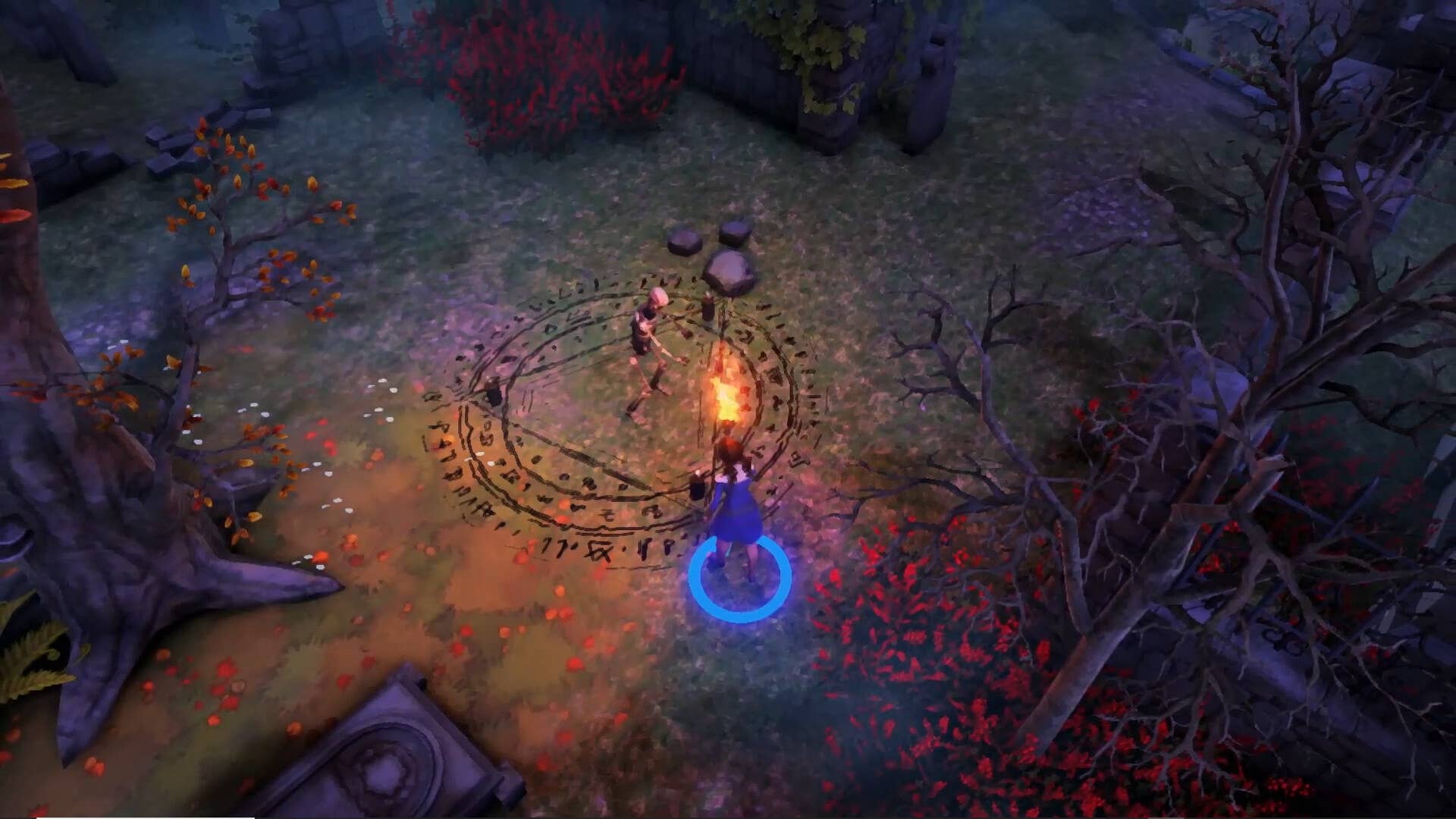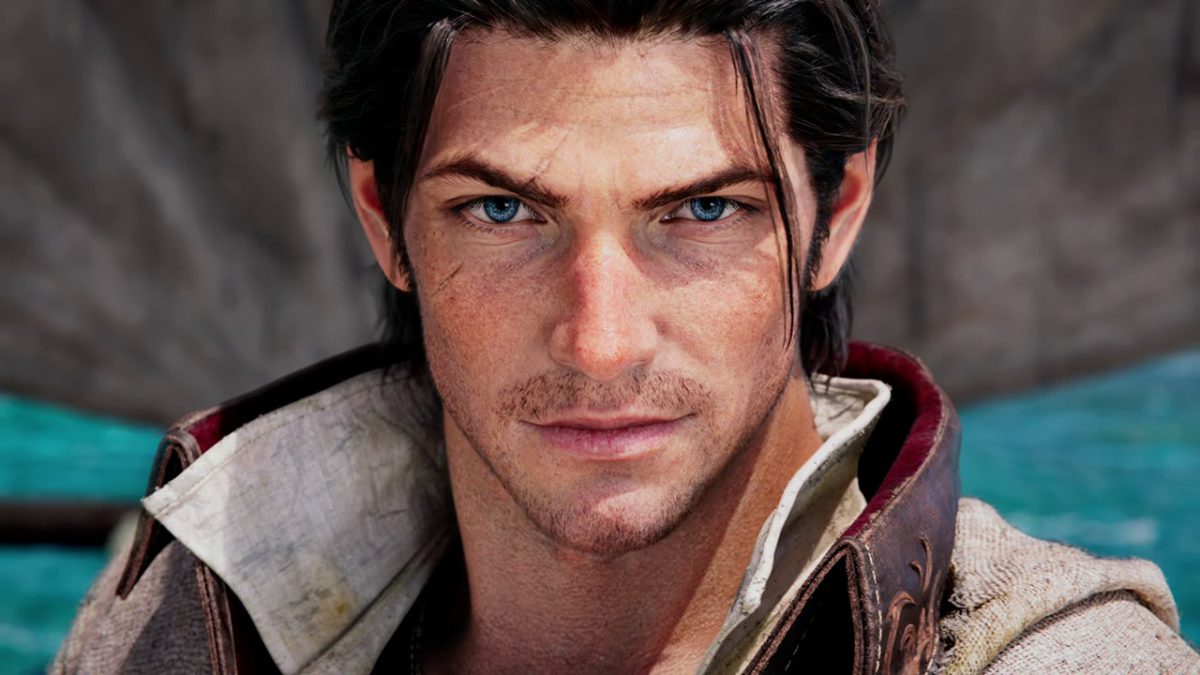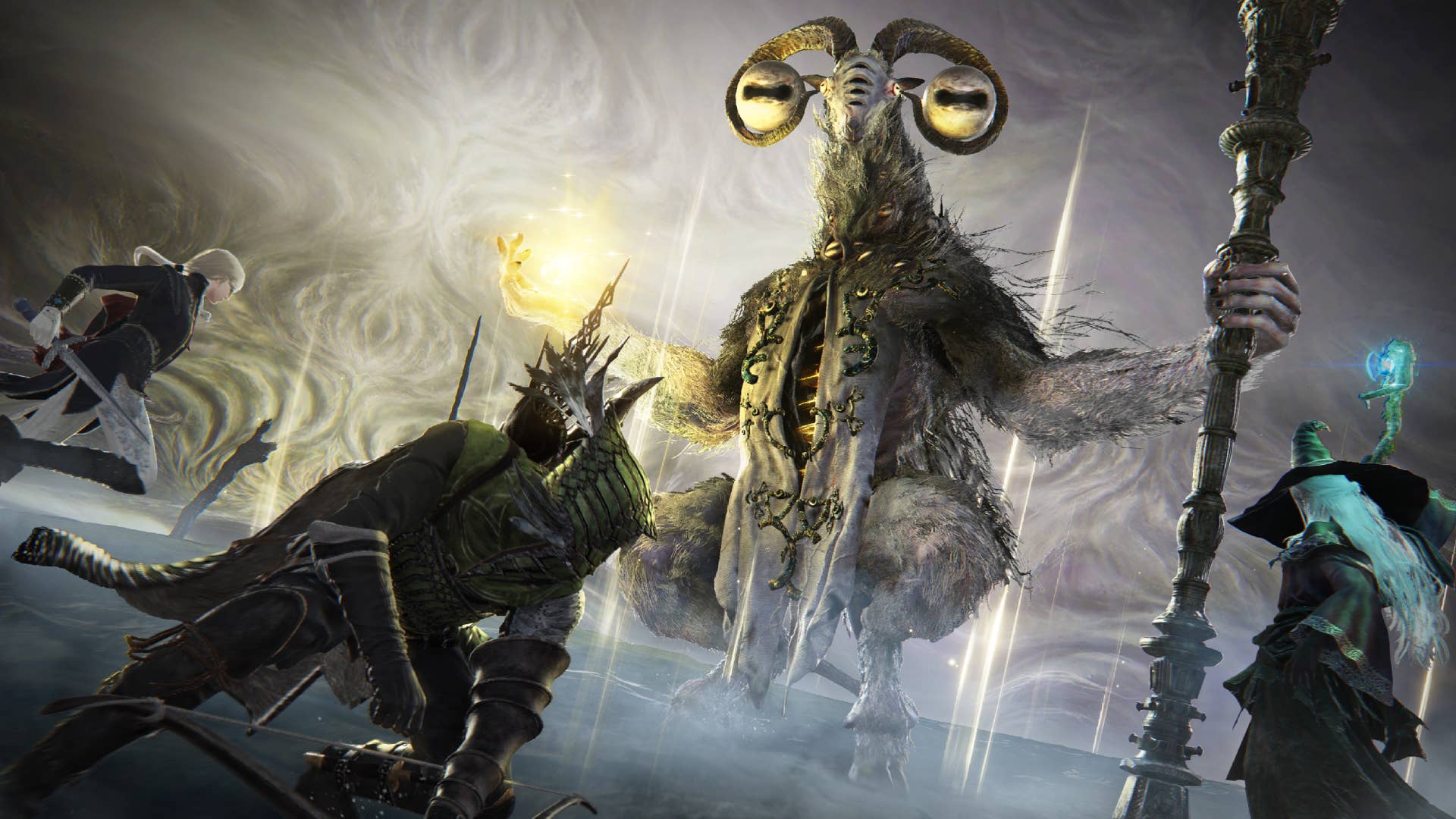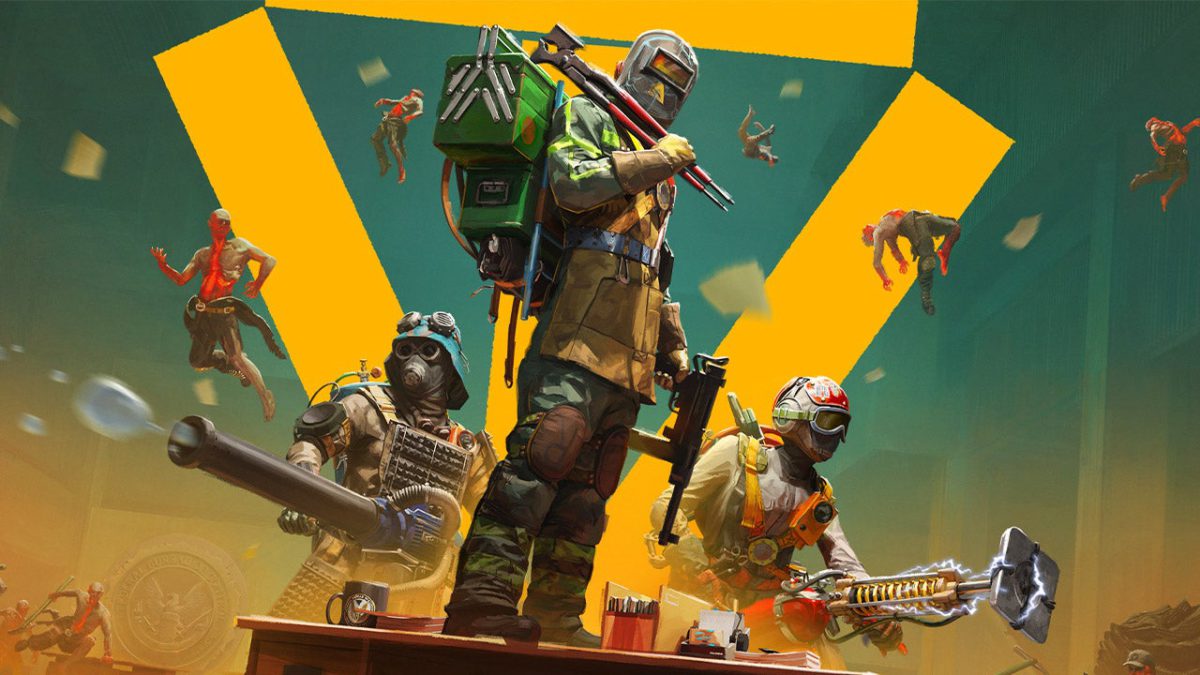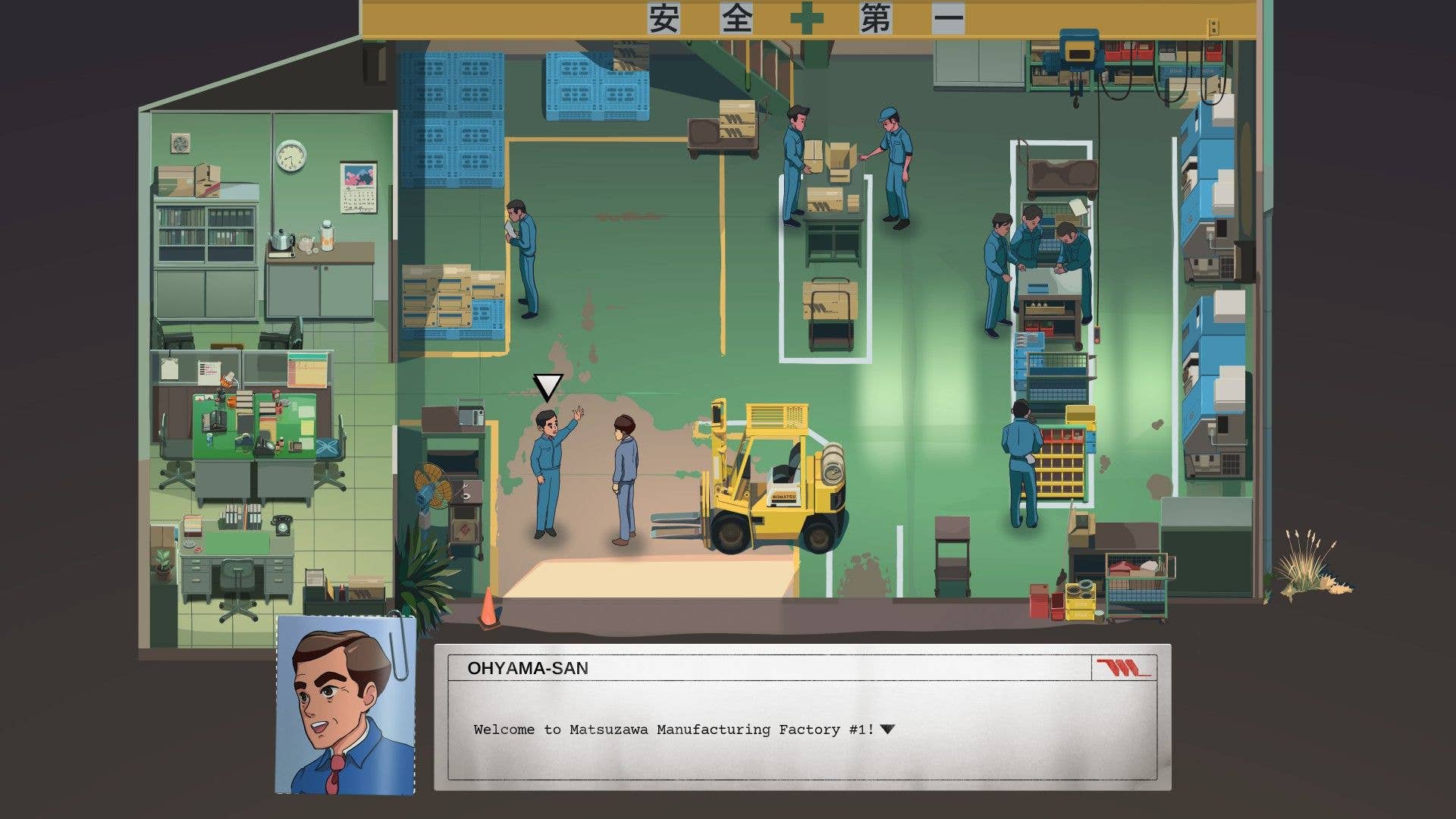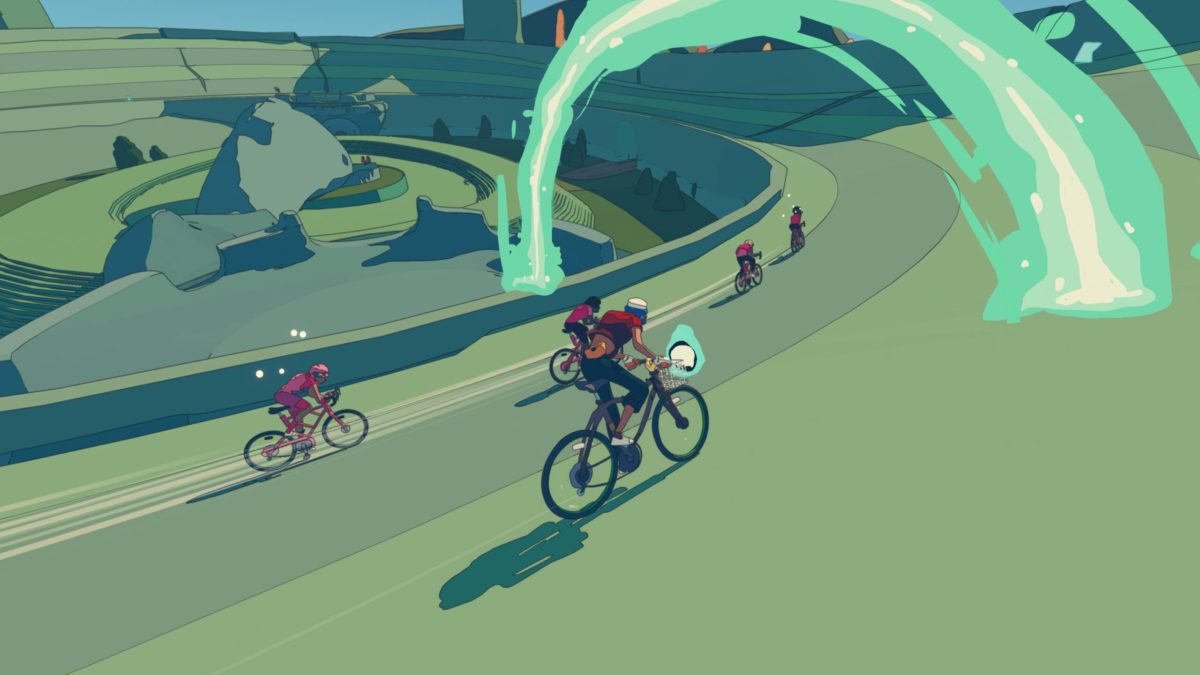More than a decade ago, the original Dying Light introduced a new and unique vision for the zombie survival horror genre: Instead of a linear, clearly defined space you were thrown into a brutal open world zombie apocalypse where first-person parkour and visceral combat are the only keys to survival. Since then, more than 50 million unique players have joined in humanity’s last fight. On August 22, Dying Light: The Beast, the third major installment in the series, opens a terrifying new chapter.
Steering the franchise back to its survival horror roots, The Beast marks the long-awaited return of a fan-favorite hero: Kyle Crane, the protagonist who started it all. We sat down with Franchise Director Tymon Smektała, Art Director Katarzyna Tarnacka-Polito, and Game Director Nathan Lemaire to learn more about what awaits players in the darkness.
A Return to Survival Horror
After the release of Dying Light 2: Stay Human, a common piece of community feedback was about the shift in tone. Franchise Director Tymon Smektała addresses this head-on.
“We heard our fans,” Smektała says. “While we are proud of Dying Light 2, I can admit that perhaps it wasn’t as scary as the first game. We lost some of that oppressive, terrifying atmosphere that made the original so special. With The Beast, our number one goal was to bring back the fear. We want players to feel genuine dread when the sun goes down.”
Night in Dying Light: The Beast is a fundamentally different experience. Once darkness falls, you are no longer the hunter; you are the prey. Your in-game watch isn’t just a cosmetic detail – it’s a lifeline. You’ll need to check it constantly, as being caught in the open after sunset, far from a safe zone, means you’re in the territory of the Volatiles. Your only options are to run, hide, or fight for your life.
“Night is truly pitch black,” explains Game Director Nathan Lemaire. “Imagine you’re alone in the woods, surrounded by unsettling noises. Your flashlight only illuminates a few meters ahead, leaving the rest of the screen dark. You have to constantly look around, guessing what lurks in the shadows. This completely changes the dynamic. Every step is fraught with tension. It’s pure survival horror.”
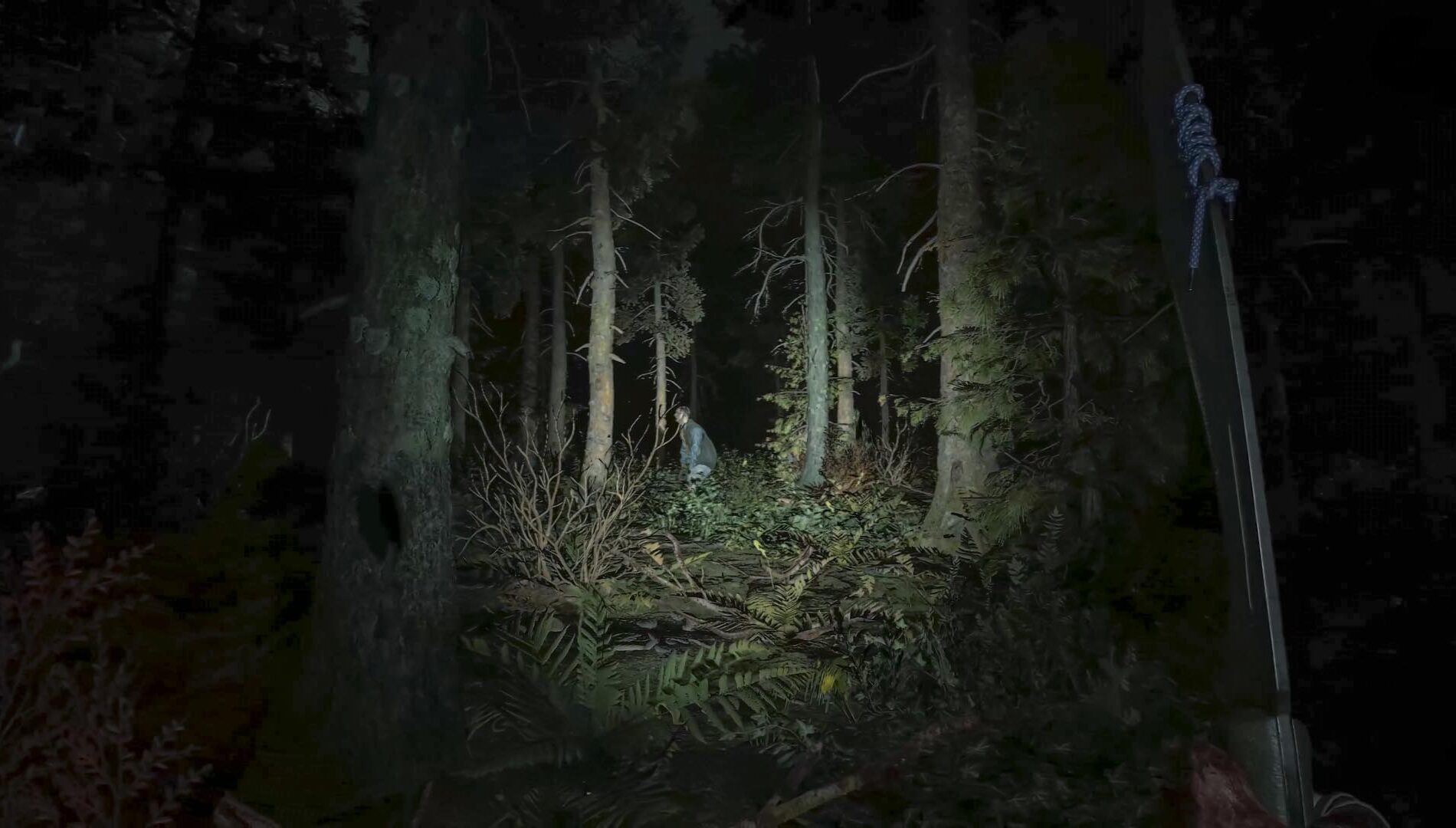
The developers are focused on creating suspense rather than overwhelming players with enemies. “We’re very deliberate with when and how many zombies we spawn,” says Smektała. “We want you on the edge of your seat. Sometimes, the absence of an enemy, paired with their terrifying sounds, can be just as scary as fighting them.”
The Beast Within
Kyle Crane, the hero from the original Dying Light, returns to fight a battle on two fronts: against the monsters outside and the beast within. After being infected at the end of Dying Light: The Following and experimented on for years, his DNA has been spliced with viral strains.
This internal struggle manifests as a new gameplay mechanic. Players can tap into Kyle’s Beast-like powers for brief, violent outbursts, allowing them to tear through zombies with savage force. But this power is fleeting. At the start of the game, Kyle barely has control over it. After a few precious moments of brutal power, you must return to the shadows, where parkour and stealth are once again your keys to survival.
“Don’t mistake the Beast-like powers for a god mode,” Smektała clarifies. “It’s rewarding and fun, but your most important weapon is still your brain.”

A Calculated Arsenal
Another major change is the reintroduction of firearms, a feature with a complicated history in the series. This time, their inclusion has been carefully balanced.
“The original Dying Light had firearms, but the focus was on melee,” Smektała recalls. “Fans loved the melee so much that for Dying Light 2, we launched without guns. The first piece of feedback we got? ‘Where are the guns?!’ This time, we want to do it right from the beginning.”
In Dying Light: The Beast, firearms are integrated early on, and for the first time, enemy NPCs will also wield them. However, this isn’t a run-and-gun shooter. “Ammo and resources are scarce in Castor Woods,” Lemaire notes. “You’ll have to look around in the world and loot them in world. More importantly, firing a gun is loud. It might solve your immediate problem, but it will attract more enemies. It creates a new strategic layer: do you use a precious bullet for a quick, noisy kill, or stick to stealth and melee?”
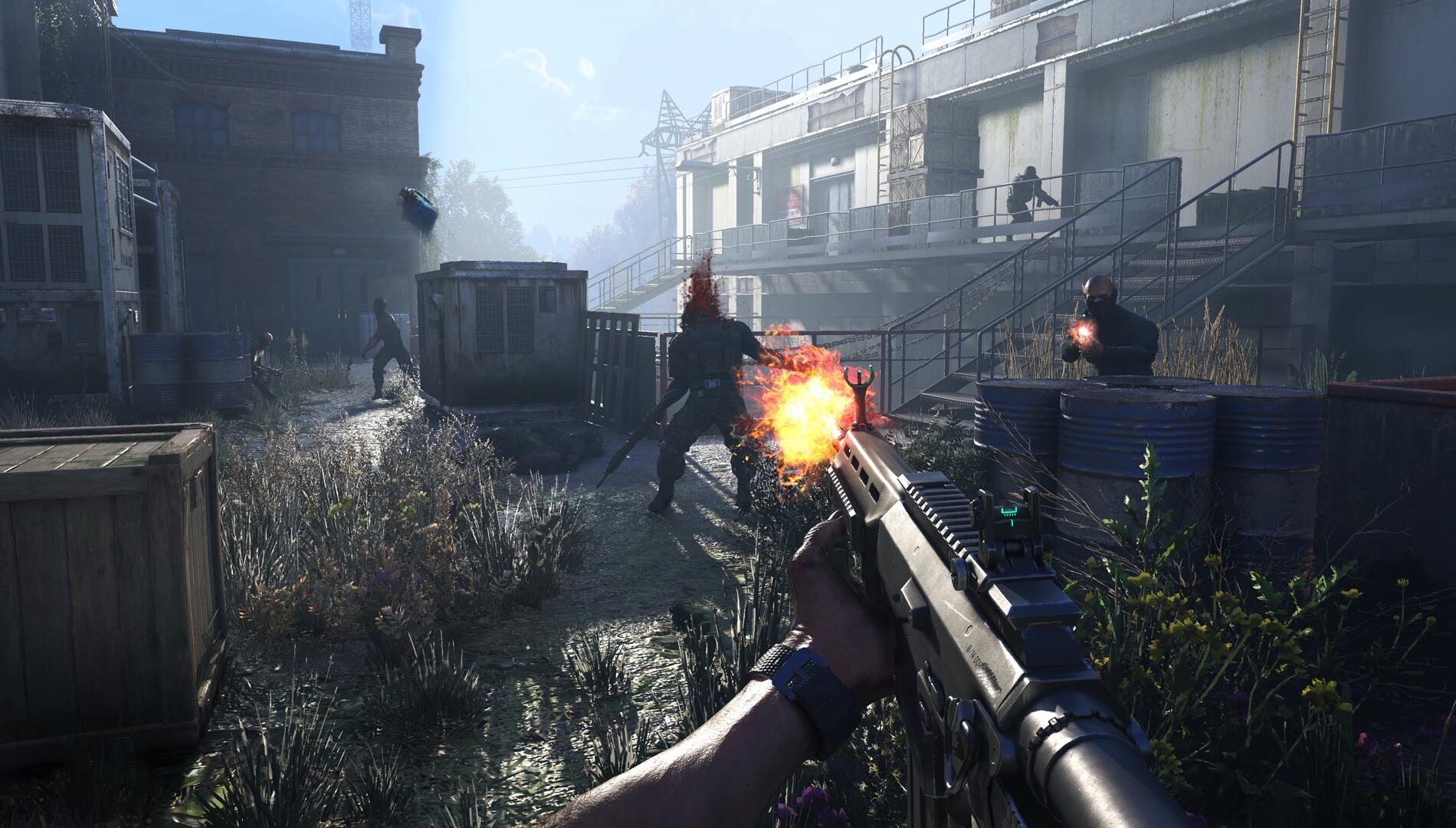
This risk-reward philosophy extends to the new driveable 4×4 trucks. They offer transportation but consume fuel, break down, and attract unwanted attention – a dangerous combination when night is falling.
The Beauty of a Decaying World
This terrifying experience unfolds in the Castor Woods valley, a dense, atmospheric, and entirely new open world. At its center is an old town built on a slope, a parkour paradise full of verticality. Beyond the city lie diverse biomes, including a national park, forests, swamps, farmlands, and mountains, as well as industrial zones and small villages.
“For Castor Woods, we made a conscious decision to handcraft the world instead of using procedural tools,” says Art Director Katarzyna Tarnacka-Polito. “Every room, every abandoned campsite – everything has been placed by our artists. This allows us to control the atmosphere and create a world that feels grounded and full of history. It’s our most beautiful, and most terrifying, environment yet.”
The team focused on density over sheer size, promising that every square inch of the map holds challenges, secrets, or gameplay opportunities. This design is enhanced by major technical improvements.
“Not only are we bringing back the dynamic day-and-night cycle, but we’re also introducing dynamic weather systems,” Tarnacka-Polito adds. “From sun and rain to fog and all-out storms, the world feels more alive than ever. This is enhanced by new lighting systems and elemental effects that impact gameplay.”
When it rains, roads become slippery, affecting vehicle handling. Water can extinguish flames you’ve used on enemies, while electricity becomes even more lethal in wet conditions. This combination of curated design and systemic chaos promises to deliver the unscripted, heart-pounding moments the series is known for.
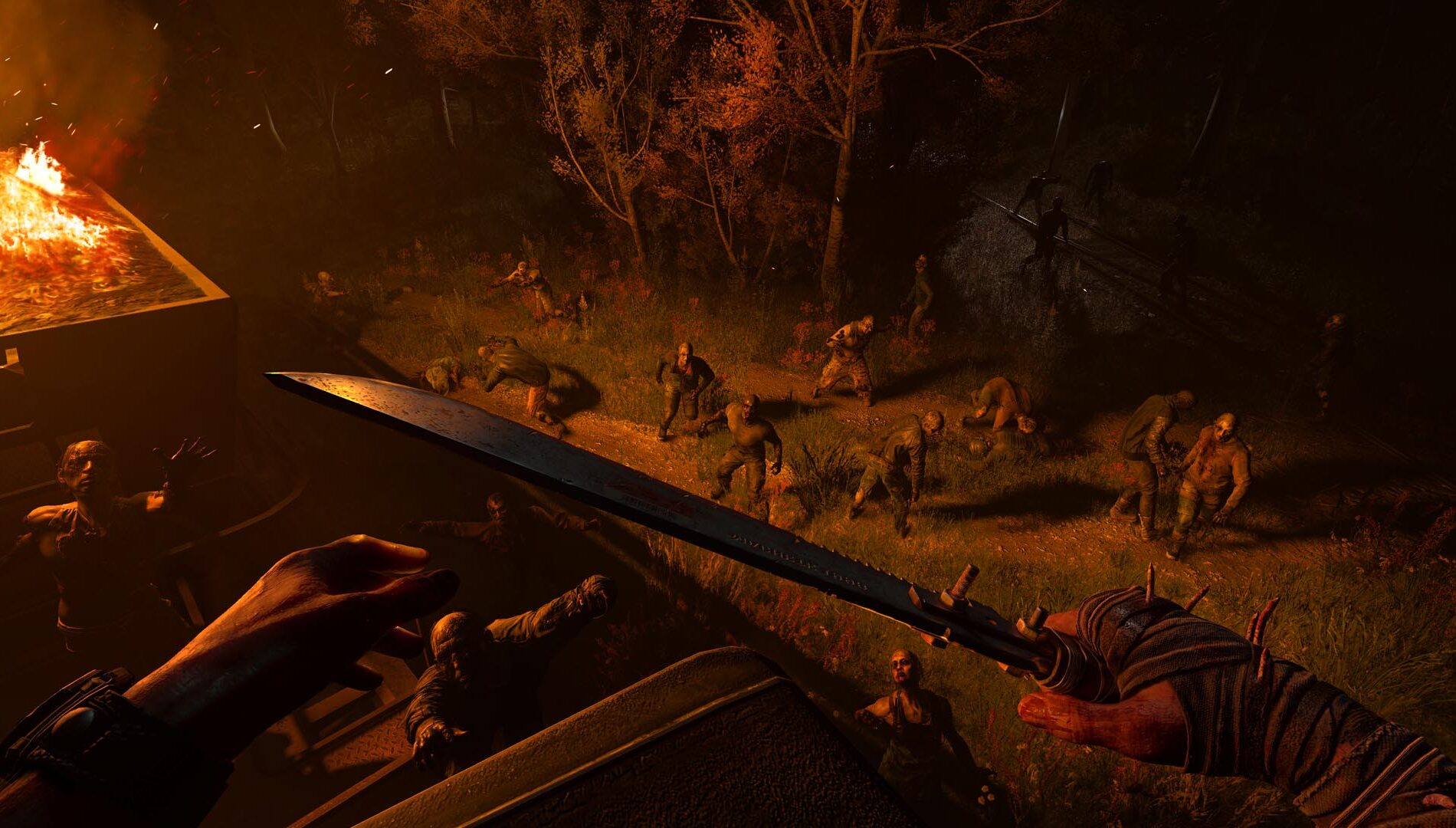
Built Together With Community
Everything you’ve read about today – the return to scarier nights, a beloved but changed hero, the handcrafted world of Castor Woods – is a direct result of the dialogue we have with you – the players! Dying Light is what it is because of our community. We are pouring all of our passion into making The Beast an unforgettable journey.
From all of us at the studio, we truly can’t wait for you to finally make your own trip to Castor Woods: Dying Light: The Beast releases on August 22, 2025 and if you pre-order now, you’ll get the Hero of Harran Bundle on top – a set of items that won’t just help you in Castor Woods, but also honors the legacy of the Dying Light franchise. Good night and good luck out there!
Dying Light: The Beast
Techland
Pre-order the Standard Edition now to get the exclusive Hero of Harran Bundle, which contains:
– Ultimate Survivor Outfit
– Harran Combat Knife (+ Upgradable Blueprint)
– The Follower Crossbow (+ Upgradable Blueprint)
– In Jade’s Memory Pistol (+ Upgradable Blueprint)
– Castor Woods Patrol
You are Kyle Crane. After being captured by the Baron and enduring his painful experiments for years, you escape. But the scars remain. Left on the edge of humanity with both human and zombie DNA, you struggle to control your inner beast and the conflict that comes with it. But you’ll need to, if you want to get your revenge on the man who did this to you. A unique blend of open world and action survival horror, Dying Light: The Beast is set in the beautiful, yet dangerous valley of Castor Woods that’s now overrun with zombies rather than tourists. To take your former captor down, you’ll need to form fragile alliances, as well as utilize all the combat and traversal options in your arsenal. But be careful: out here, each step is a fight for survival, especially once the sun sets and the tension heightens as the true horrors come out at night!
Half Beast, Half Survivor
Become Kyle Crane, a unique hero with DNA of a survivor… and a beast. Switch between two playstyles and experience a fierce inner conflict between man and monster, leading to the ultimate embrace of unstoppable strength.
Primal Brutality
Take the raw savagery of Dying Light’s combat to the extreme and push brutality beyond human limits as you crush skulls, rip heads off, and tear enemies in half struggling to control the hero’s constantly evolving, rage fueled, beast-like powers.
Own the day, fear the night
A signature of the Dying Light series – two vastly different experiences of day and night merge into one unforgettable whole. Scavenge and explore by day, mindful of the constant tension of the moving clock – as when the sun sets, the night unleashes horrors that leave you with only three choices: run, hide, or fight for your life.
Run the Rooftops, Rule the Roads
Feel the rush of best-in-class first-person parkour as you jump from rooftop to rooftop and climb over any obstacle using a movement system accessible to all, yet rewarding those who master it. Then take the wheel of an off-road vehicle and plow through hordes of zombies enjoying unparalleled freedom of open world traversal.
Beautiful Zombie Apocalypse
Breathtaking next-gen visuals bring the handcrafted zombie apocalypse to life, where every detail tells a story of survival. Get lost in the majesty of Swiss-Alps inspired valley of Castor Woods with various biomes – tourist town, industrial area, national park, farm fields, swamps – full of beauty… and decay.
Share the adventure
Band together in up to 4-player co-op to take on the dangers of Castor Woods, where every fight, every discovery and every twisting step of the story can be faced as a group. Use shared progression to conquer the entire adventure side by side, as you face relentless enemies, scavenge for resources and save each other from the brink of death.
The post How Dying Light: The Beast Transformed Nights to Pure Horror – Let’s Ask the Devs appeared first on Xbox Wire.


